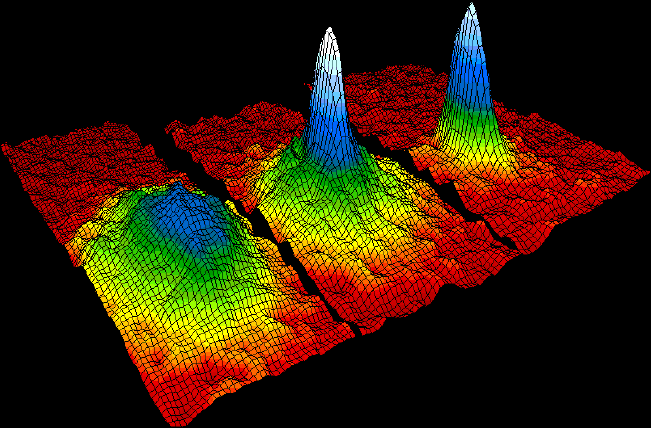Member-only story
What Is Special About Absolute Zero That Makes It Impossible?
The lowest ever temperature recorded outside of laboratories is 1 Kelvin.

Absolute zero is the scientific term used to define the lower limit of temperature (temperature has no upper limit). In other words, it is theoretically the lowest temperature possible for any substance. This is done by extrapolating the ideal gas law. The value for absolute zero as per international agreement is 0 Kelvin (0 K) or -273.15 degrees Celsius (-273.15°C). In case you are wondering about the relation between the Kelvin and Celsius systems, or why there is a lower limit for temperature, but no upper limit, I’ve got you covered in this article.
Remember when I mentioned that absolute zero is a theoretical value? Well, practically speaking, it turns out to be impossible to achieve. In this article, I will be exploring the question of why absolute zero is practically impossible to reach. After answering this question, I will also be exploring the pragmatic question of why we are interested in absolute zero in the first place. To start, let us establish the fundamental ground principles of physics that we need to answer these questions.
The Basics of Warmth
We perceive temperature as the hotness or coldness of a body. But as far as physics is concerned, the concept of ‘coldness’ does not exist. In this sense, what we perceive as cold turns out to be the absence of warmth. In physics, warmth is measured using temperature. Temperature, in turn, is a measure of the average kinetic energy of the substance or body being studied.
Whenever a body heats up, its particles vibrate. The hotter the body gets, the faster its particles vibrate; the colder the body gets, the slower its particles vibrate. At certain threshold points, the vibration causes the body to lose stability and change its state. For example, the freezing point and the boiling point of water represent such threshold points of particle vibration.

Since temperature is a measure of the average kinetic energy of a substance, we could…

